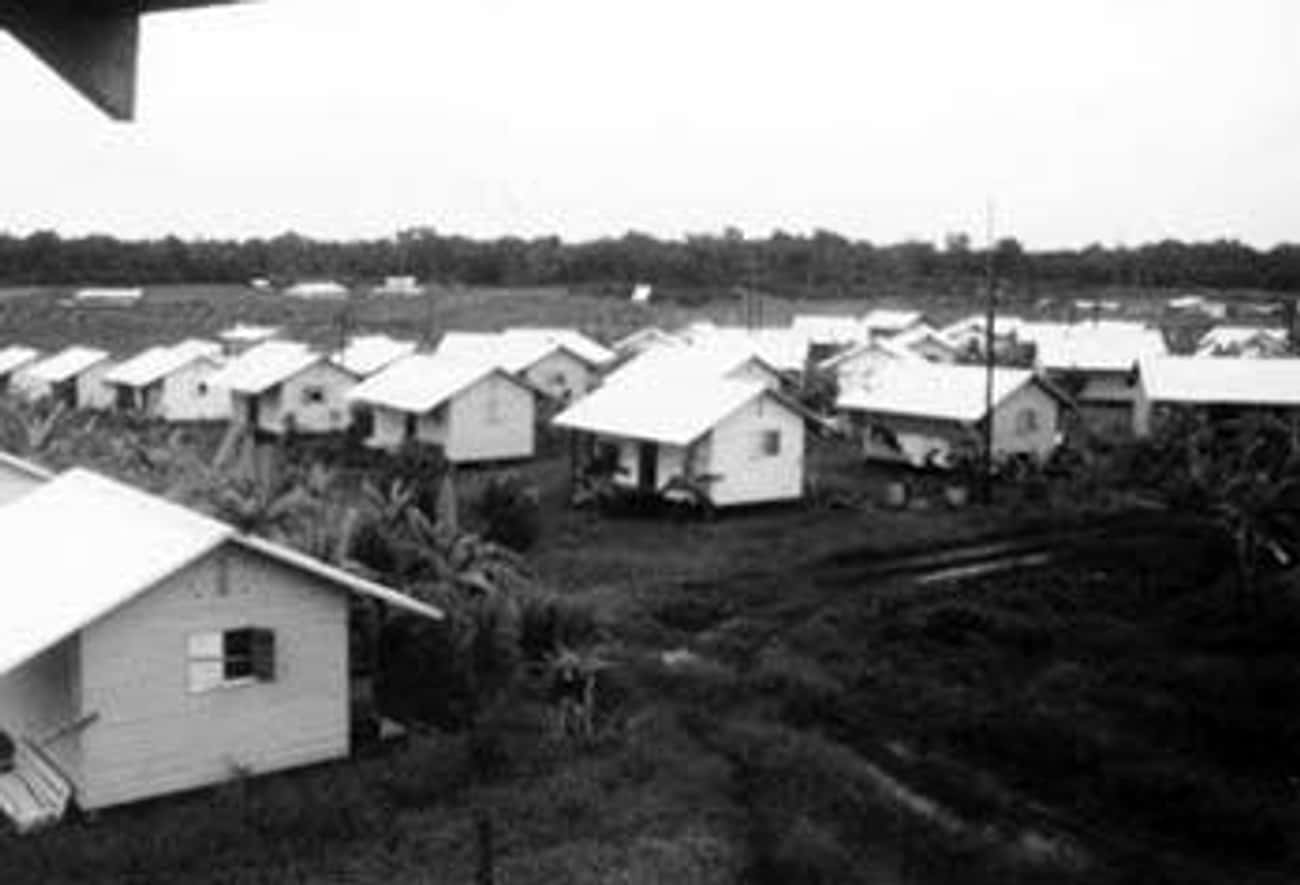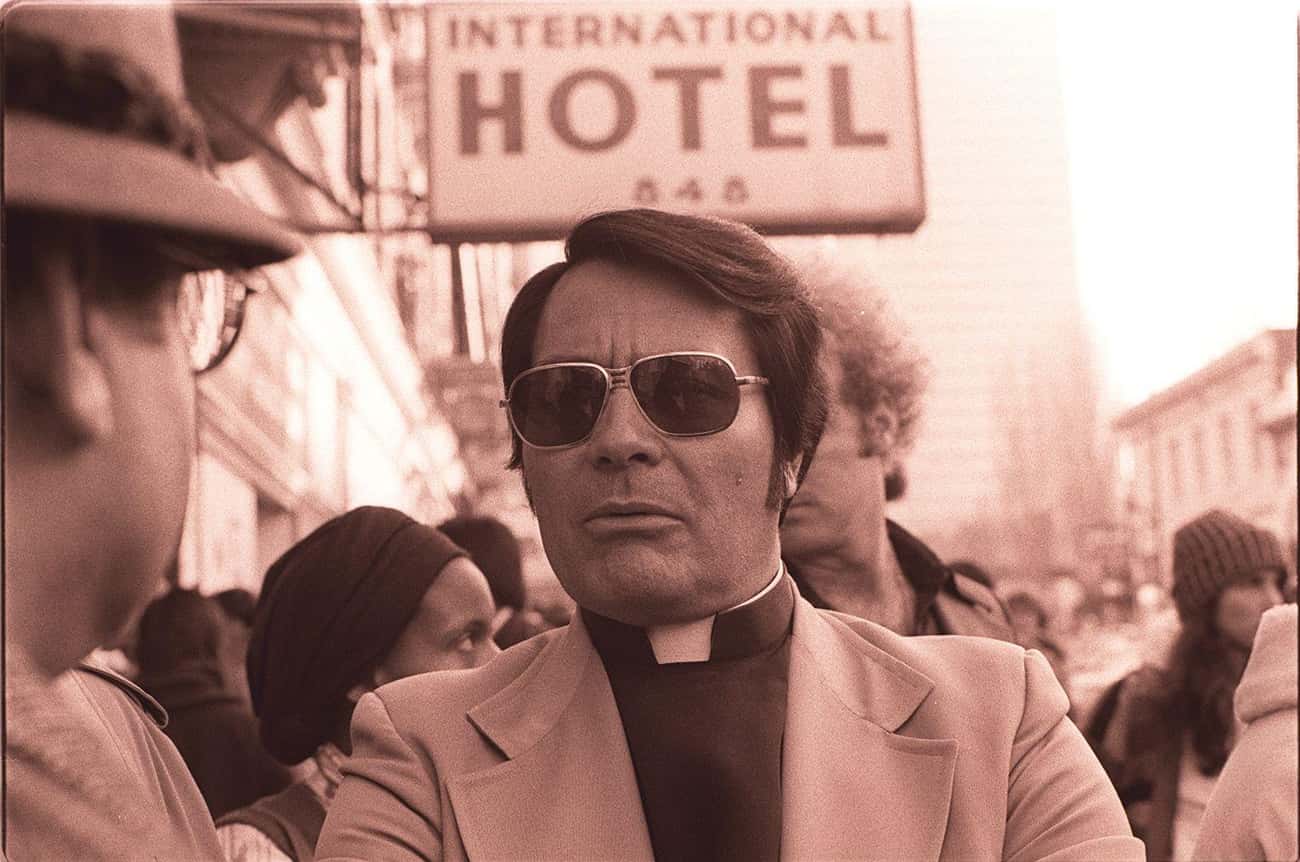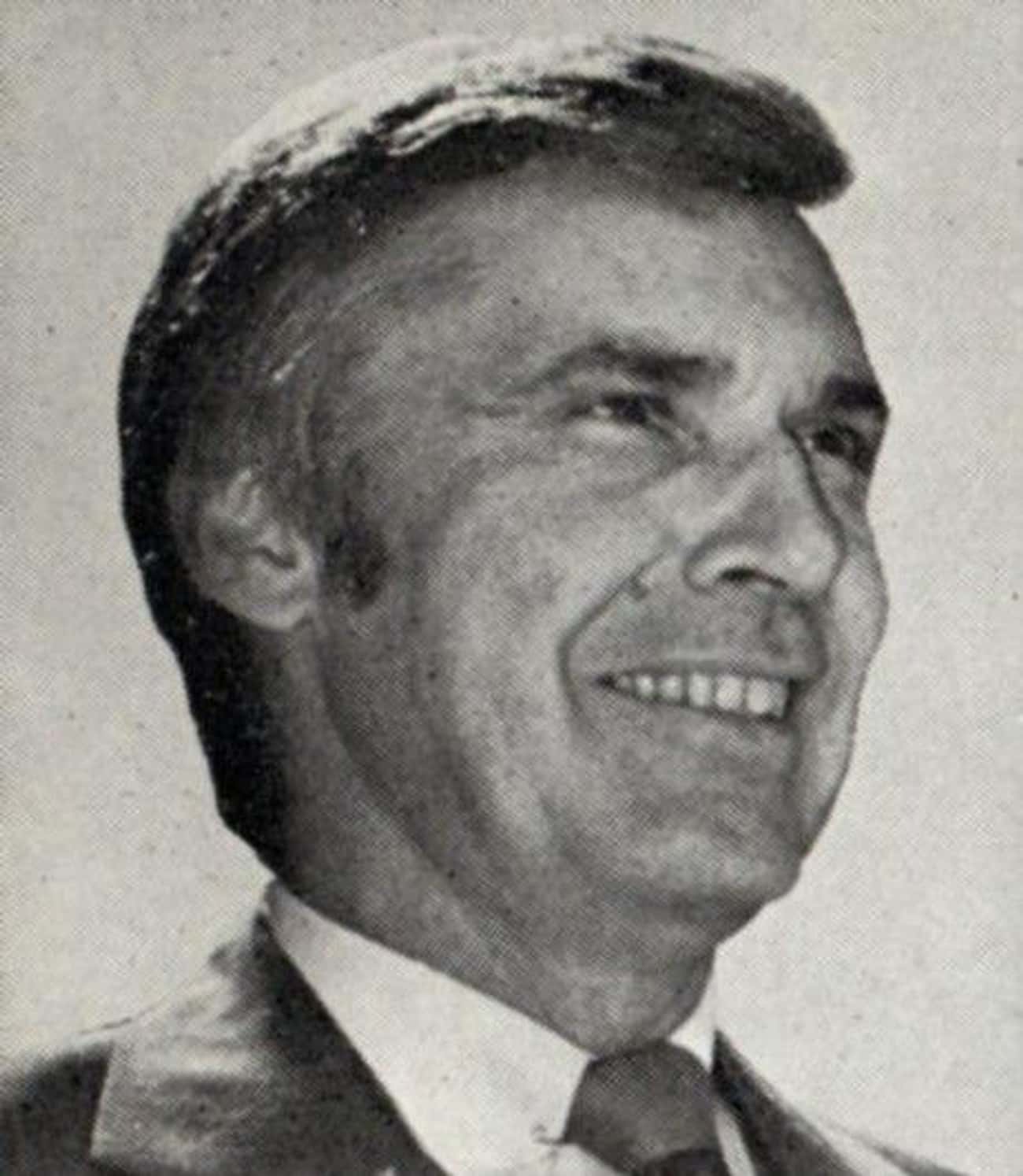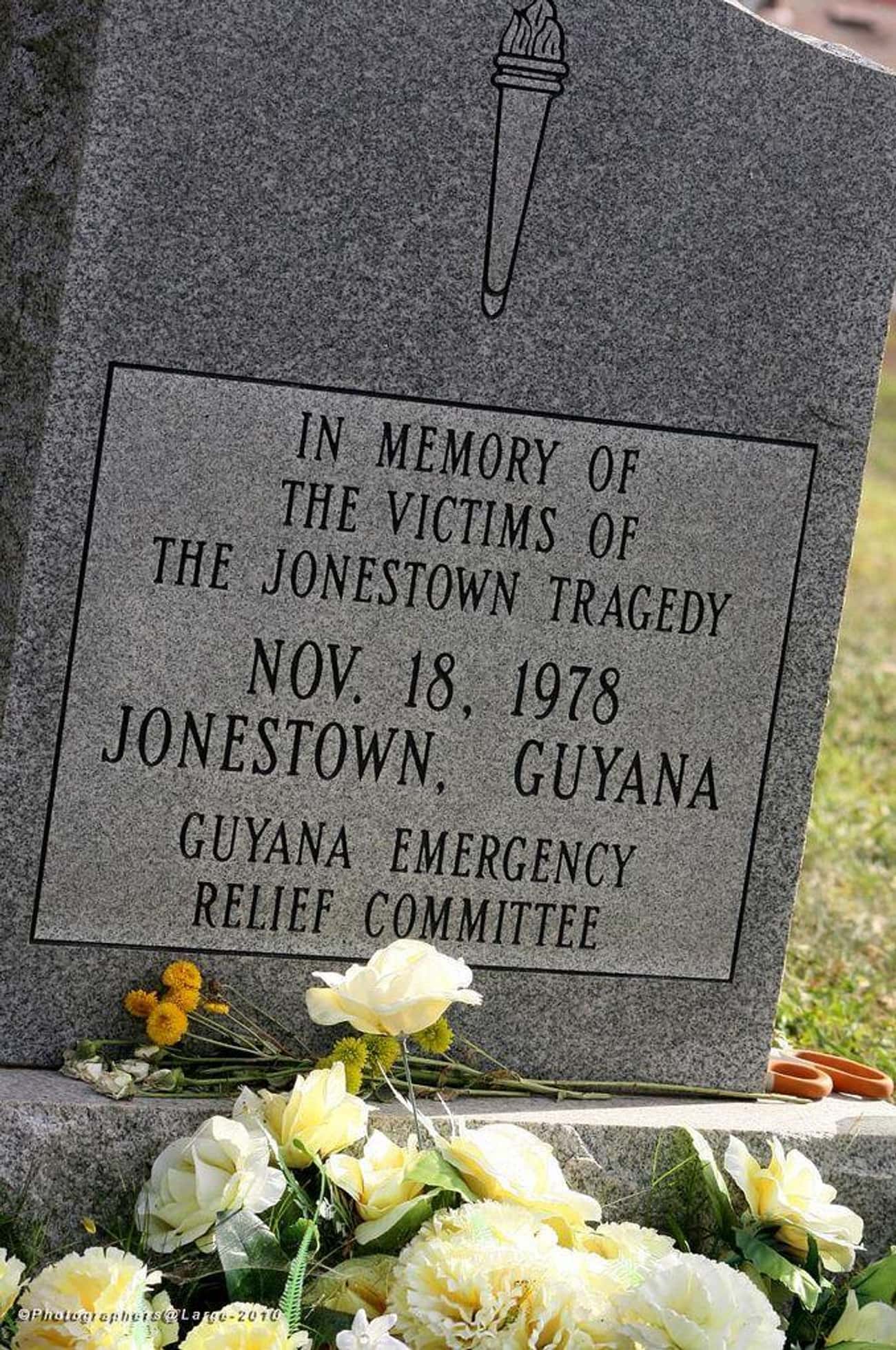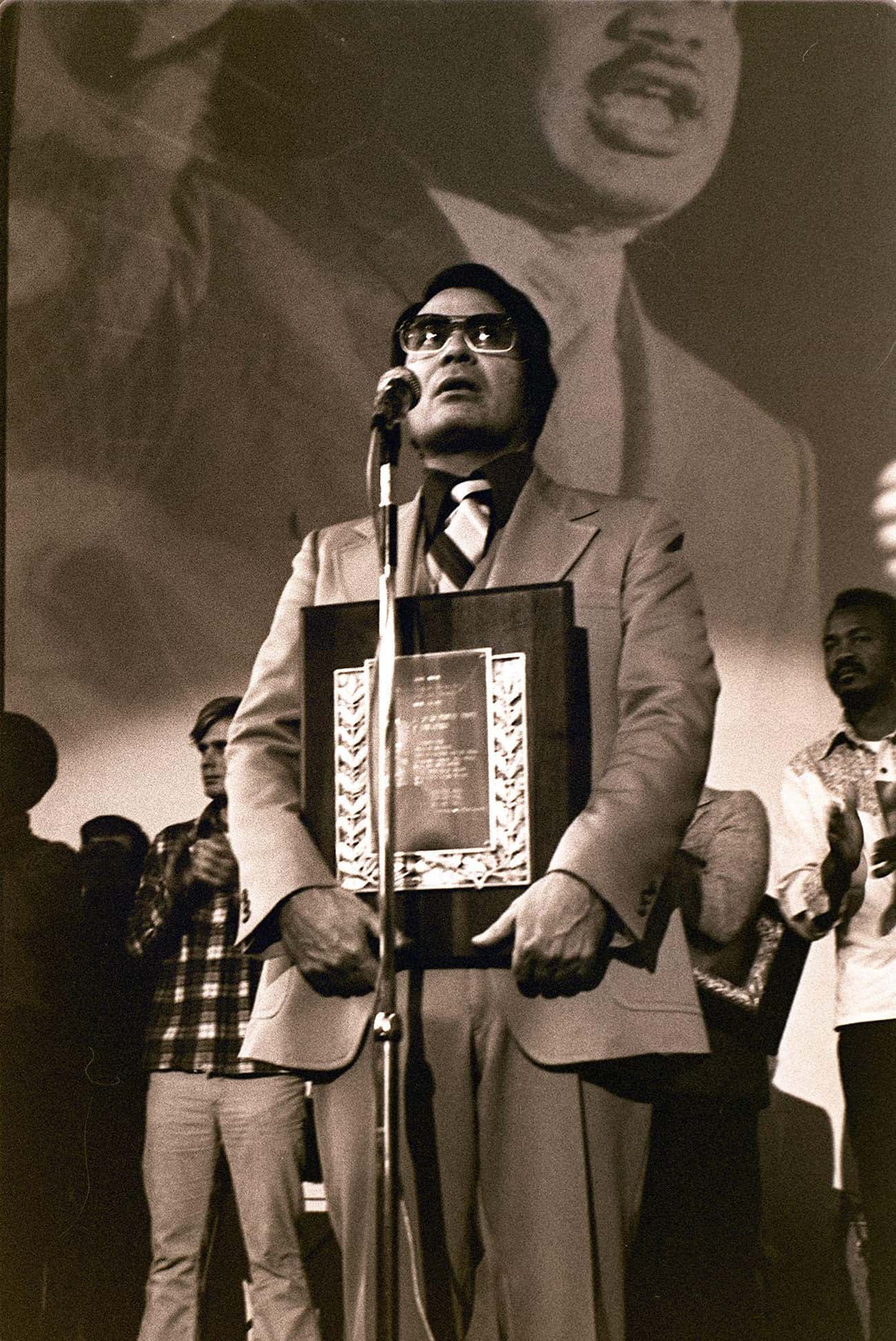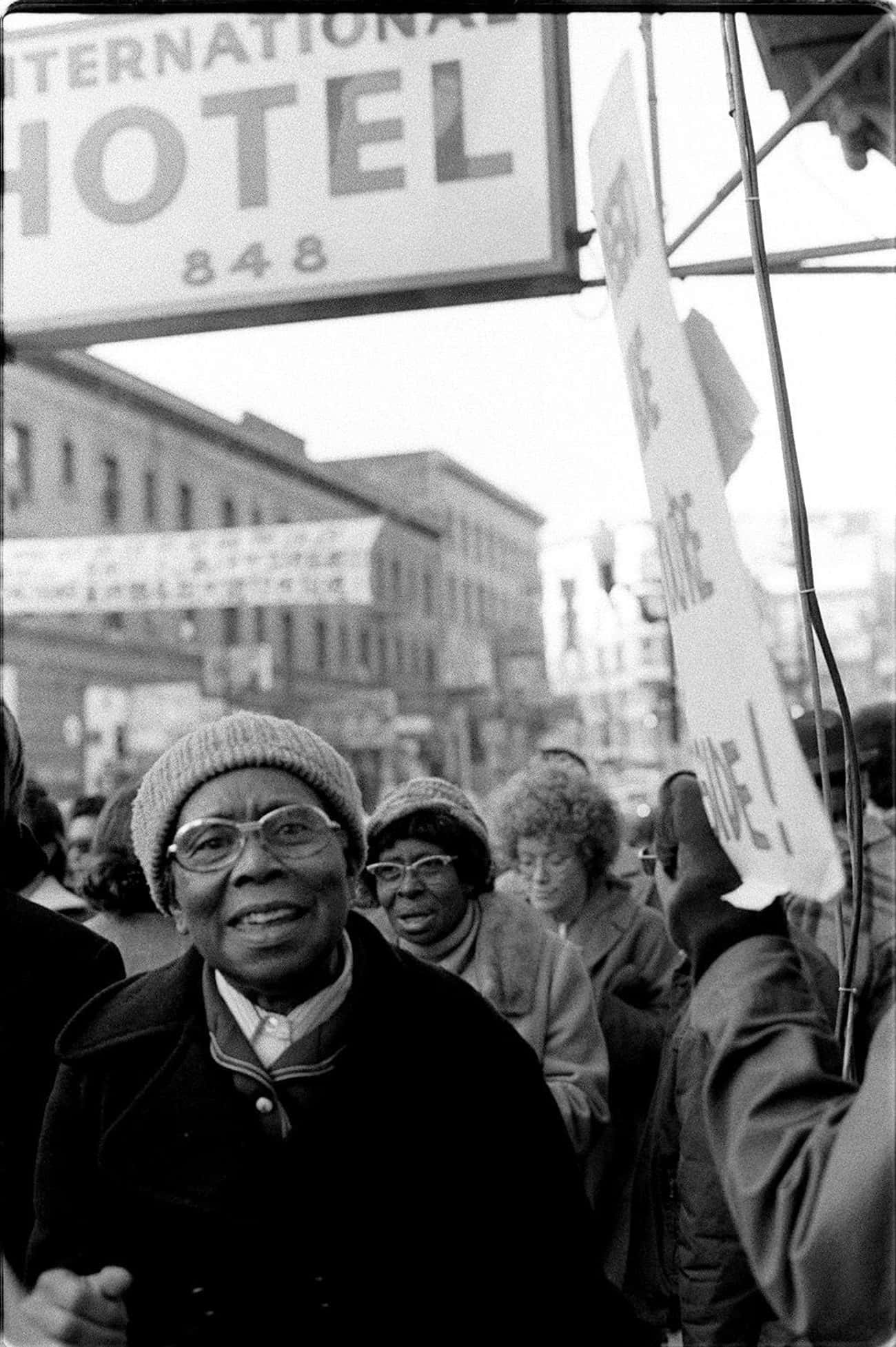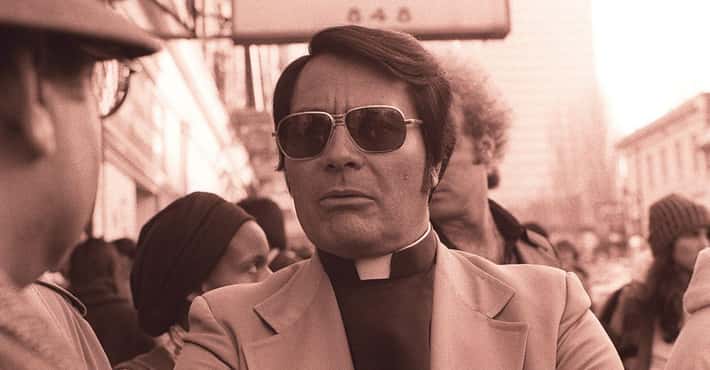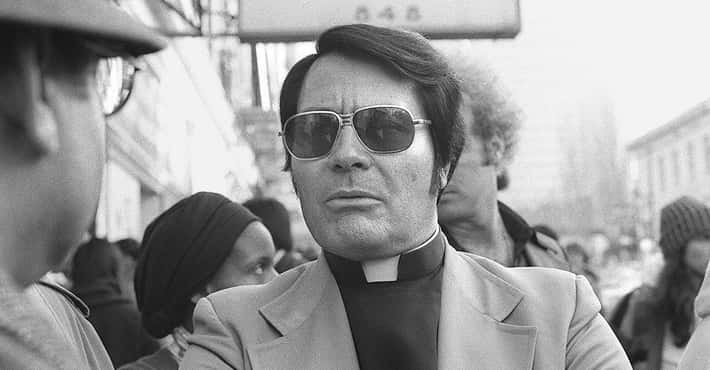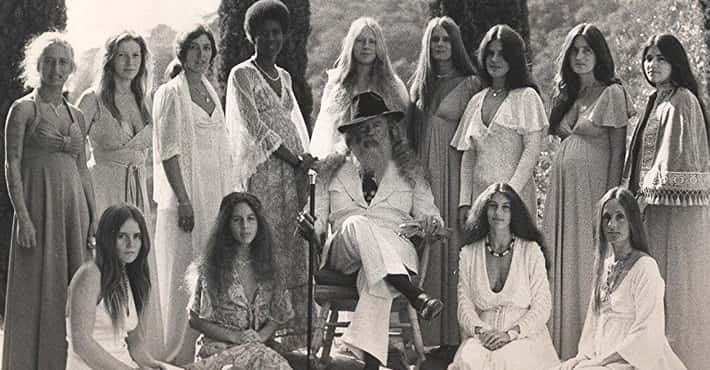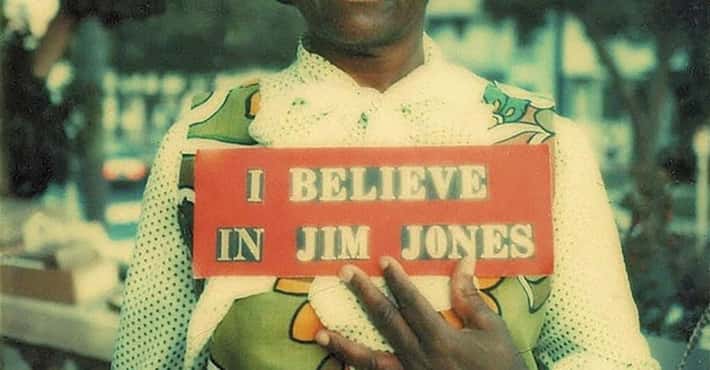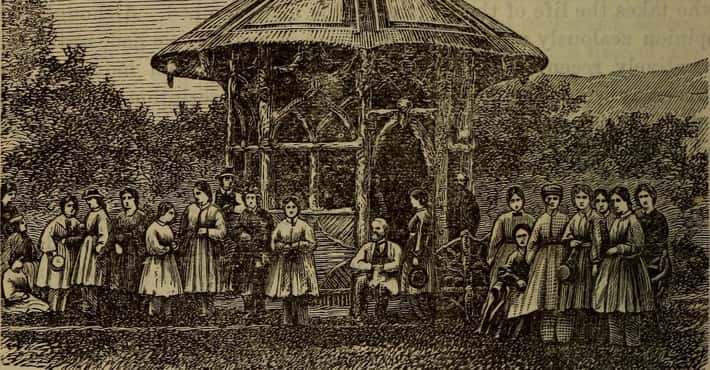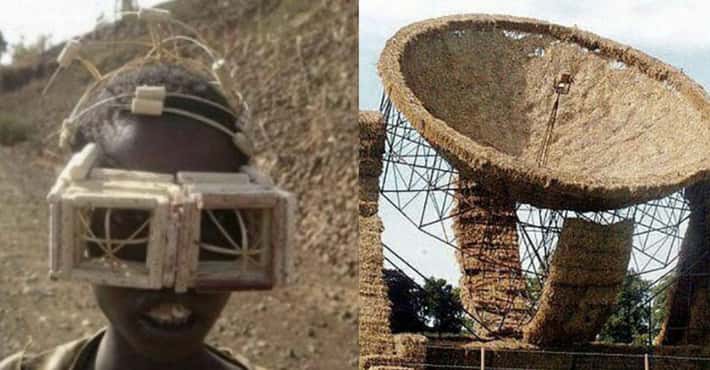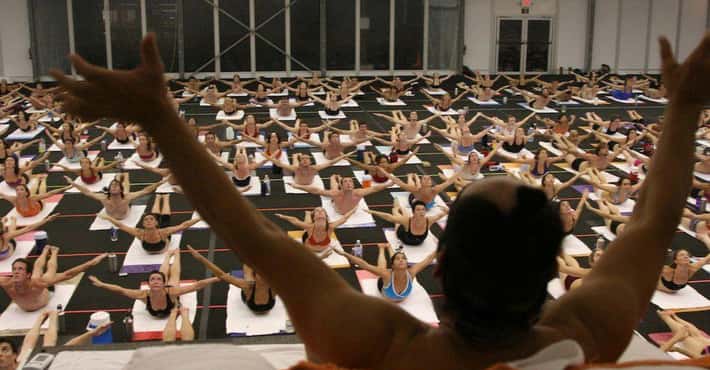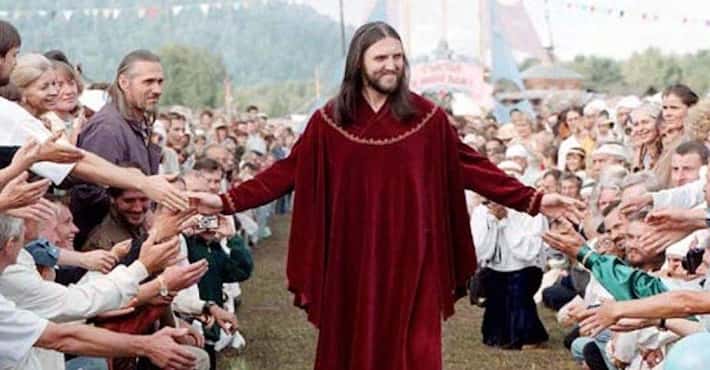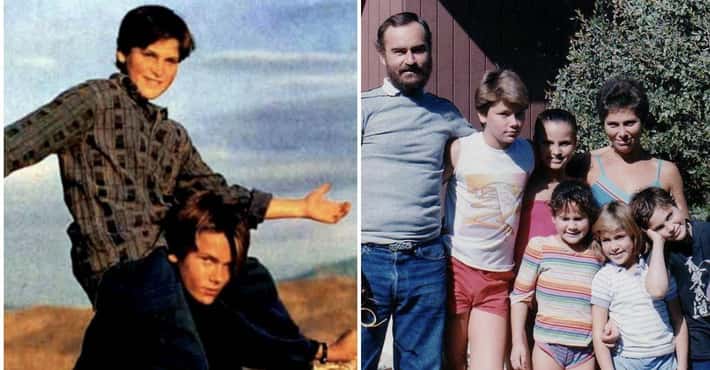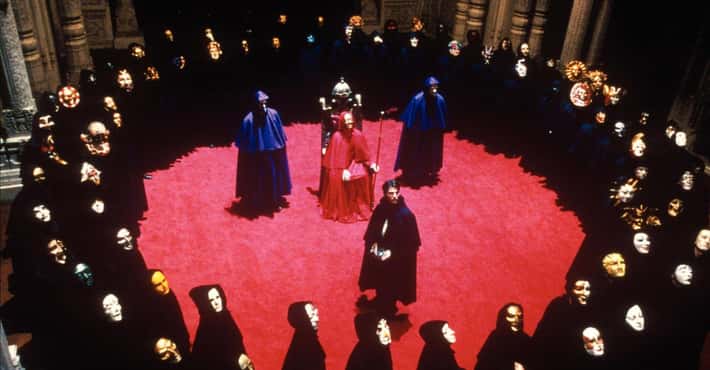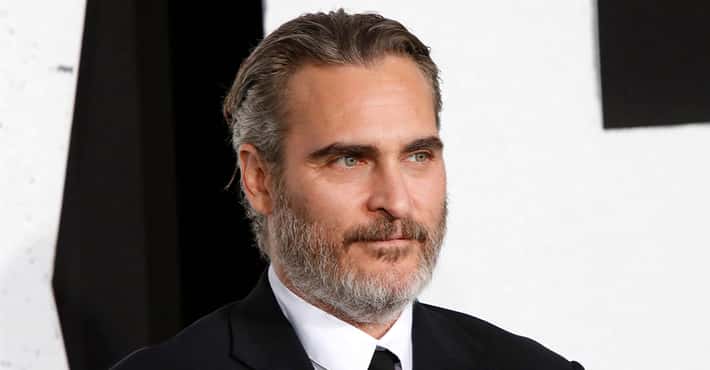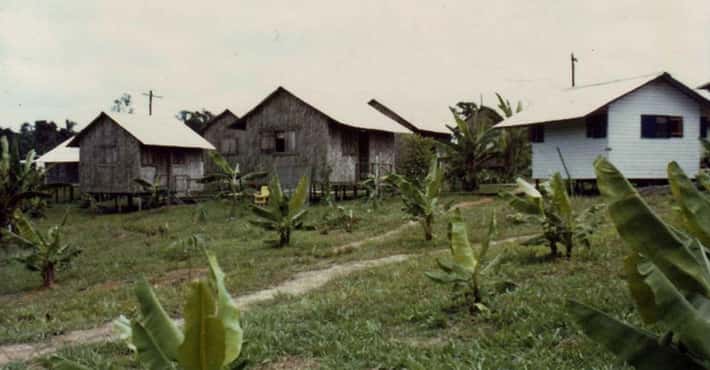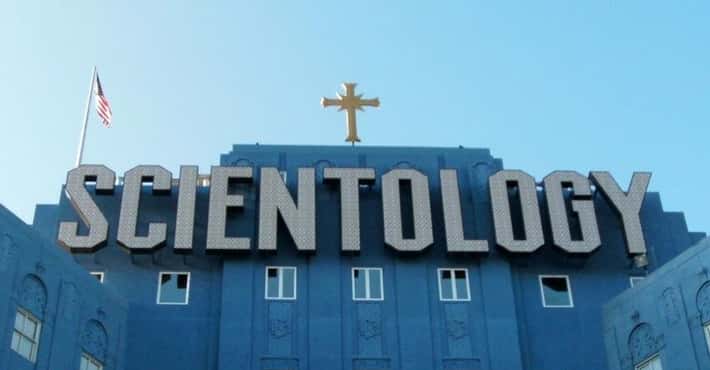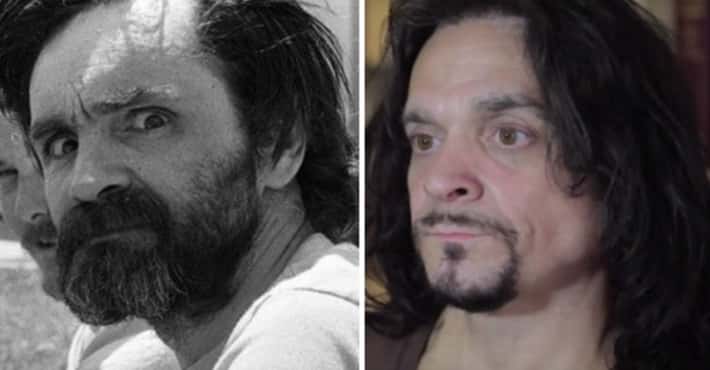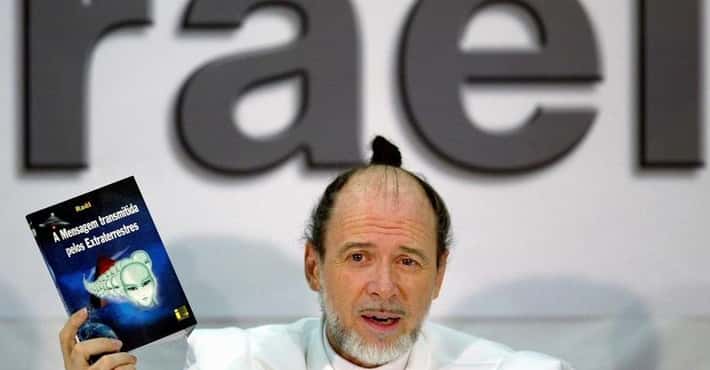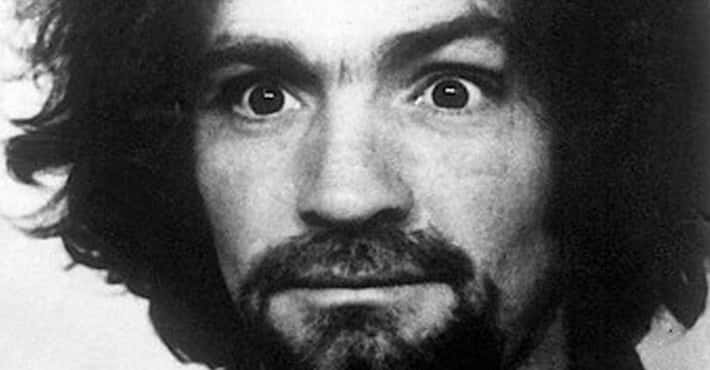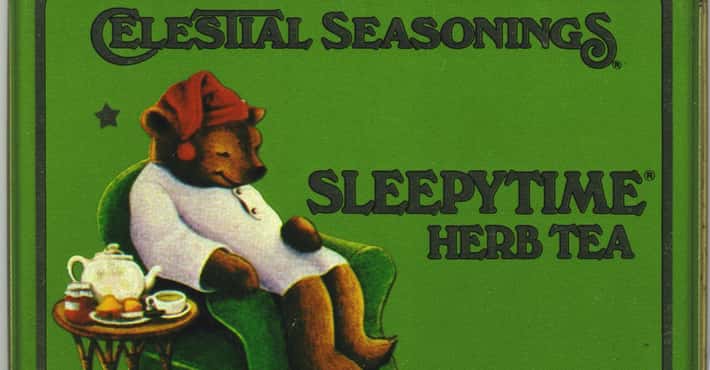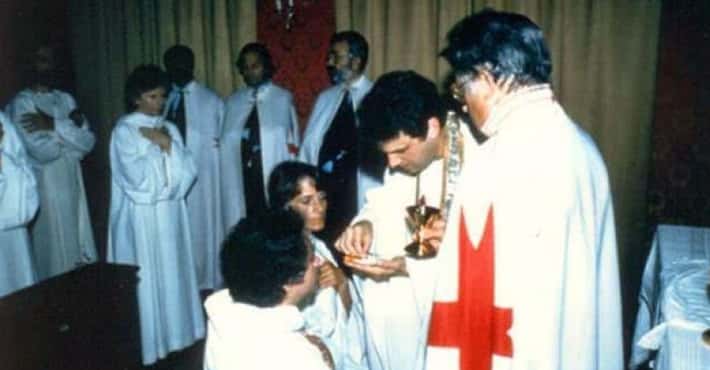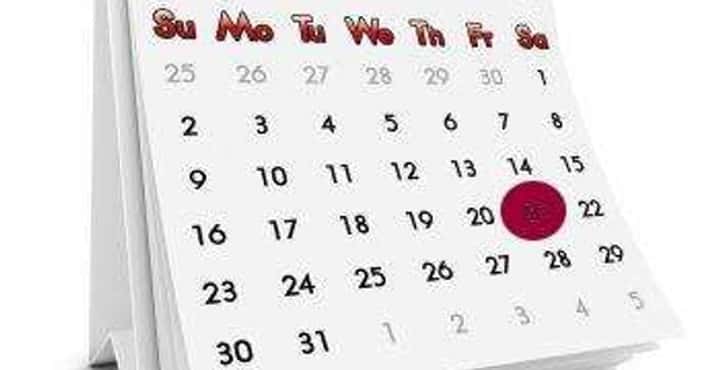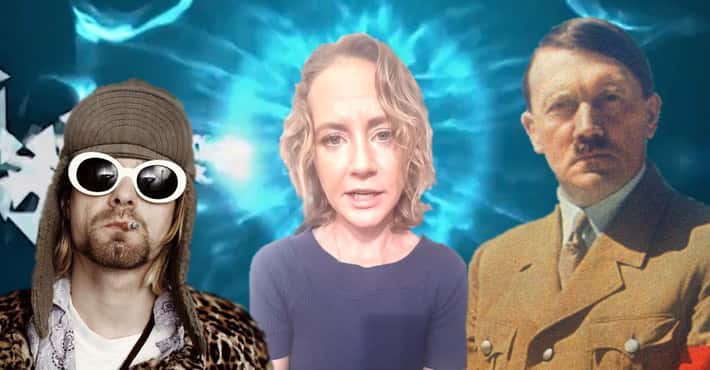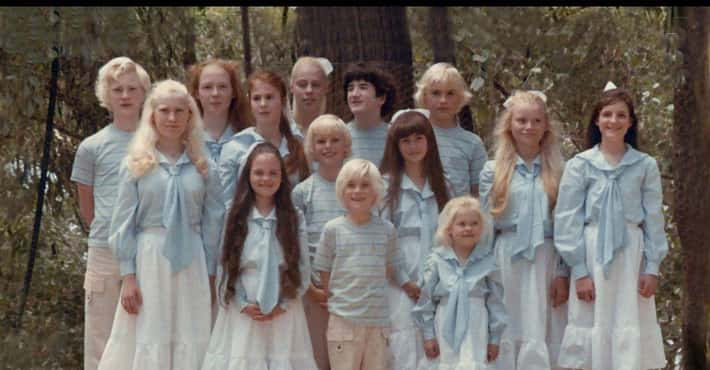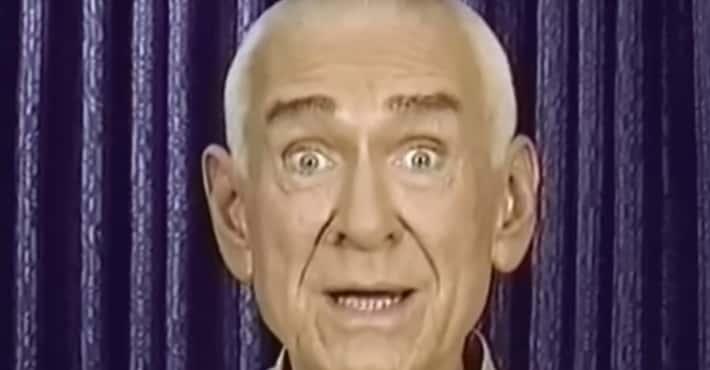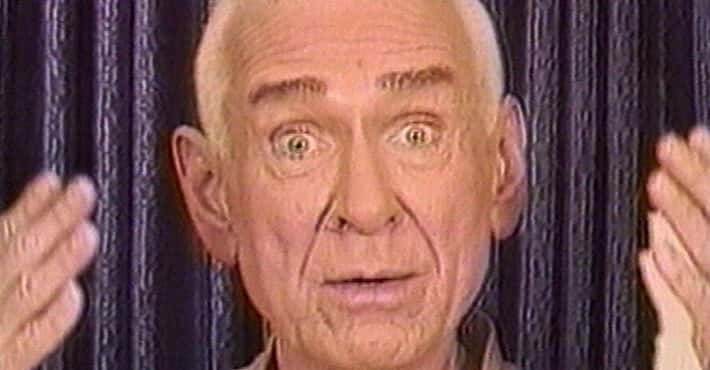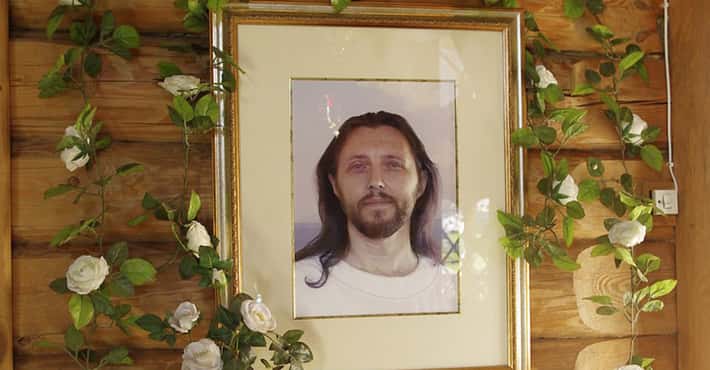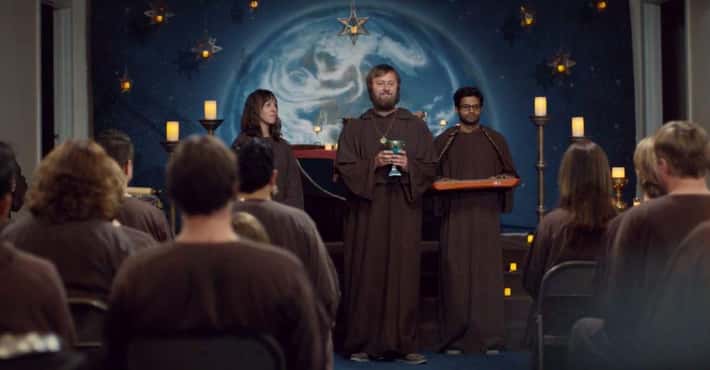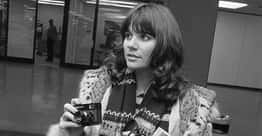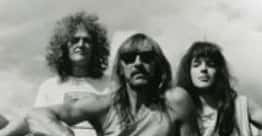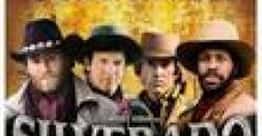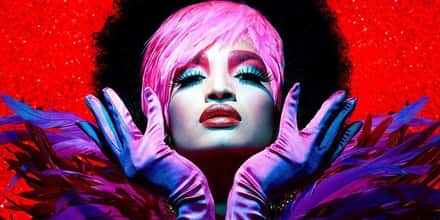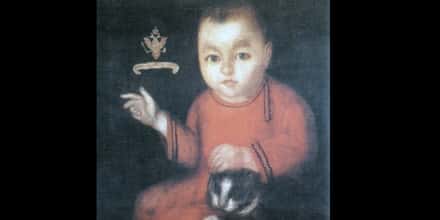What Life Was Like In The Peoples Temple Cult Before The Jonestown Massacre Killed Over 900 People
Children Drank The Flavor Aid First
Despite Jones's sermons about love, peace, and equality, Jonestown ended in death. Jones and his loyalists served cyanide-laced Flavor Aid to Jonestown's youth first. Some adults orally administered cyanide-filled syringes to children. According to a survivor, many adults lost their will to live after this incident.
Tracy Parks, a survivor who was 12 at the time of the mass suicide, claimed there was child labor at Jonestown. After Jones's gunmen killed Parks's mother, she and her sister hid in the jungles of Guyana while the rest of Jones's followers drank the poison. The mass suicide claimed the lives of 909 people, a third of which were children.
Jones Had Stockpiled Cyanide For Two Years Before The Mass Suicide
Photo: Cambodia Phnom Penh / Flickr / Public domainIn 2008, CNN learned Jones had started ordering and receiving shipments of cyanide in 1976, two years before the mass suicide. The majority of Jonestown residents had yet to move to Guyana in 1976. To legally buy cyanide, Jones secured a jeweler's license, as jewelers could use cyanide to clean gold.
Six months before the mass murder-suicide, Jonestown's doctor wrote the following to Jones: "Cyanide is one of the most rapidly acting poisons... I would like to give about two grams to a large pig to see how effective our batch is." Jones's longtime shipments of cyanide are perhaps proof that he was planning a mass suicide for years.
They Rehearsed The Mass Suicide Beforehand
Photo: Fielding Mcgehee and Rebecca Moore / Wikimedia CommonsThe suicide rehearsals, known as White Nights, prepared Jones's followers for the actual mass murder-suicide, which ultimately took place on November 18, 1978. During White Nights, Jones would shout through the loudspeakers that surrounded the Jonestown complex: "White Night! White Night! Get to the to the pavilion! Run! Your lives are in danger!"
Jones heightened his followers' sense of danger by telling them how people were coming to murder them. Even worse, Jones had armed people waiting in the jungle. To the followers, these rehearsals seemed too real. However, it turned out the guns were firing rubber bullets, and it was all a ruse to terrify the people who lived at Jonestown.
Next, Jones brought out supposedly poisoned Flavor Aid for his followers to drink. No one died during White Nights, as the drinks were safe to consume. After the drill, Jones returned to the loudspeakers, saying, "Now I know I can trust you. Go home, my darlings! Sleep tight!"
Even before Jonestown, Jones had asked his followers to drink what he claimed was poison.
Jones Played On Peoples' Needs And Recruited The Vulnerable
Photo: Nancy Wong / Wikimedia CommonsSurvivor of the Jonestown compound in Guyana Teri Buford O'Shea originally went to Jones's camp after one of his followers found her living on the streets. At the time, O'Shea was without food or housing, so Jones's promises of equality sounded enticing.
But reflecting on the experience, O'Shea sees Jones as manipulative, explaining:
He was very charismatic and attracted people who were feeling vulnerable or disenfranchised for whatever reason. Most of them were African American, but there were also white people, Jewish people, people of Mexican descent. There were religious Christians and communists. If you wanted religion, Jim Jones could give it to you. If you wanted socialism, he could give it to you. If you were looking for a father figure, he'd be your father. He always homed in on what you needed and managed to bring you in emotionally.
Jim Jones Allegedly Used Drugs - While Forbidding His Followers To Use Substances
Though the Peoples Temple preached abstinence from drugs, leader Jim Jones reportedly disregarded this tenet and abused substances. Teri Buford O'Shea, a survivor of the Jonestown compound, believes drug use may have contributed to Jones's mental demise.
O'Shea later discovered that Jones would use drugs to manipulate his followers, explaining:
We didn't know he was a drug addict. Drugs were anathema at the Temple; we weren't supposed to do that kind of stuff. I learned after the massacre that he drugged people on the outpost there to keep them from trying to leave, to keep them from trying to dissent, to control them in different ways, all unbeknownst to the masses.
Prior To The Massacre, Defectors Began Telling The Government About Jonestown
Photo: US Congress / Wikimedia CommonsThe arrival of US Representative Leo Ryan in Guyana reportedly instigated the mass murder-suicide of Jonestown residents. Ryan, then the state representative of California, had received complaints about Jones's new settlement in Guyana. Family members of Jonestown residents and some of the cult's defectors had notified authorities of the happenings at Jonestown.
One of those defectors was Deborah Layton, the sister of one of Jones's most trusted cronies. Layton snuck away from the compound in Guyana and went to the embassy to tell officials about what went on at Jonestown.
After listening to many concerns and stories, Ryan and 23 others boarded a plane to the small South American country. Among the 23 people was Jackie Speier, who was then Ryan's legislative counsel, and later became a state representative of California. Speier said that after waiting two days for Jones to let them into the compound, they interviewed Jonestown residents and witnessed seemingly normal behavior.
However, a resident passed a note to Don Harris, a reporter for NBC News who had accompanied the congressman, saying that residents wanted to leave. Speier describes this incident:
Don comes over, hands us the note. My heart sank. Everything those defectors said is true. Then more people wanted to leave, and the whole thing exploded. It was such a tinderbox of emotions and tension. It became clear that one plane wasn't going to be enough. The congressman decided he was going to stay behind, [and take] the next airlift out. It was so emotionally raw.
Five People Died Trying To Help Jonestown Residents Escape
Photo: Oakland Local / Flickr Creative CommonsAfter US Representative Leo Ryan and his group attempted to remove people from the Jonestown compound, Jim Jones sent gunmen on an alleged tractor-trailer to stop them. Ryan and a few journalists and cult members were victims of the gunmen, with 10 others shot and assumed dead. Reports of Jones stockpiling weapons were accurate.
Earlier that day, 11 people left Jonestown in the morning; they had no idea of the horror to come. Leslie Wilson was one of the 11, saying, "It was a slave camp run by a madman." Though they had come to Jonestown expecting an egalitarian paradise, the reality was dramatically different. Wilson called their 30-mile trek to another town a "walk to freedom."
Jones Became Violent Toward His Followers
Laura Johnston Kohl, who survived Jonestown, said that Jones pointed a gun at her when she fell asleep in a meeting. Jones's former follower, Teri Buford O'Shea, remembers Jones holding a gun at her and, at one point, putting his hands around her neck, saying he wanted to die while choking her.
O'Shea recalled that Jones would supposedly beat people for a range of infractions, which varied in severity:
The worst beating I witnessed was when somebody was accused of being a pedophile. Jim took hold of a rubber hose and proceeded, in front of others, to beat this man's private parts to the point where he was bleeding. I know pedophilia is horrible, too, but that was just cruel and totally abusive. There were a number of beatings like that - they were really bad.
Jones Frequently Pretended To Heal People
Photo: Nancy Wong / Wikimedia CommonsTo paint himself as a Jesus-like character, Jones frequently "healed" people at his services and claimed to cure cancer. He also alleged he was a psychic who knew things that had yet to happen. Laura Johnston Kohl, who survived the Jonestown massacre, said that while she believed in Jones and his healings at the time, she later learned the truth.
It turned out Jones had staged his antics and cult members had helped set up Jones's psychic moments.
The Peoples Temple Allegedly Had Ties To Eight Deaths Before Jonestown
Though these allegations remain unproven, some believe the Peoples Temple were responsible for as many as eight deaths prior to their relocation to Guyana. In one such instance, a follower named Truth Hart had purportedly died of congestive heart failure, but her death may not have been this clear-cut.
Some Temple members said Jones facilitated her death after she started to disagree with him and expressed her desire to leave the cult. Supposedly, Jones ordered a Peoples Temple nurse to give Hart a drug that could induce a heart attack. Jones then "predicted" Hart's death as a show of his clairvoyant powers.
Jones Used Control Techniques Similar To Those In Orwell's '1984'
In 2003, Dr. Philip G. Zimbardo, a psychology professor at Stanford University and the former president of the American Psychological Association, revealed findings of his Jonestown research, which suggested that Jones could have learned some of his control techniques from George Orwell's novel 1984. During his 25 years of research and extensive interviews with Jonestown survivors, Zimbardo found several remarkable similarities between Jones's methods and those portrayed in 1984.
Orwell's idea of a "Big Brother" may have existed in Jonestown, as Jim Jones made cult members spy on each other. He used loudspeakers throughout the compound to continually broadcast his voice.
Jones also forced his followers to give him information that he could later use against them, which is similar to what happens to the main character in 1984. The "White Night" suicide drills could also have a link to 1984; a line in the book says, "The proper thing was to kill yourself before they get you."
Many who have read 1984 may remember Newspeak, the propaganda language used in Oceania, the novel's fictional dystopia. Jones adopted an analogous measure by making his followers thank him for food and work; of course, the followers' actual living conditions were far from luxurious. According to Zimbardo's research, Jones "commissioned a song that his followers were required to sing at Jonestown about the advent of the year 1984."
People Felt Drawn To Jones's Civil Rights Mission
Photo: Nancy Wong / Wikimedia CommonsJeff Guinn, an investigative journalist and author of the book The Road to Jonestown: Jim Jones and the Peoples Temple, said in an interview, "If Jim Jones had been hit by a car and killed somewhere toward the end of the 1950s, he'd be remembered today as one of the great leaders in the early civil rights movement."
Jones's charisma, along with his convincing blend of Christian and Marxist beliefs, attracted many people to the Peoples Temple. The vast majority of his followers were African American, as Jones aimed to achieve racial equality and establish effective welfare programs. In addition, the church had connections with the Nation of Islam and the Black Panthers, and Jones worked to end segregation in places such as restaurants and movie theaters. Jones also adopted and raised children from diverse backgrounds.
Jones initially imagined Jonestown as a paradise free from the inequality and racial segregation present in the United States. However, this was not the reality at Jonestown.
Jones's Followers Were Planning To Leave Before An Explosive News Story Broke
Though many may connect a controversial news story about the Peoples Temple with Jones's departure from California, the reality is that Jones was planning to leave the state for a while. But relocating the cult to Guyana was not quick and simple; followers needed vaccinations, passports, visas, and more.
The article, based on interviews with Jones's ex-followers, may have spurred more followers to go to Guyana than anyone had expected. It's possible this mass influx of people - almost 1,000 within two months of the article's publication - contributed to Jonestown's problems. The Peoples Temple lacked housing and food for the newcomers since the original plan called for small groups to go to Guyana.
After 15 months of inadequate food and shelter, which were the same conditions many followers were trying to flee from in the United States, an increasing number of people had become disillusioned with Jones's promised land.
The Peoples Temple Had Sought Land In Both Grenada And Guyana
The choice to settle the Peoples Temple in Guyana was intentional. Jones needed an English-speaking country with a large Black population and a socialist government. Aside from Guyana, Jones's other option was Grenada. However, another party outbid the Peoples Temple for the plot of land in Grenada.
But Guyana benefited from the deal with Jim Jones. The land the Peoples Temple used was previously an area that prompted a conflict with Venezuela. The Jonestown settlement gave Guyana an advantage when it came to potential future conflicts with Venezuela; if Venezuela decided to come after the land again, they had to deal with nearly 1,000 American citizens.
Many People Changed Their Names At Jonestown
After the massacre, the bodies were transported back to the United States, but some were unable to be claimed by relatives. Many people at Jonestown had changed their names, and though some had records of their real identities, not all did. Some took on the last name Jones to show their loyalty to Jim Jones, while others assumed traditional African names. This was a popular practice among African Americans at the time - independent of Jonestown - and the primary reason why many of the Jonestown victims remained unidentified.
Others changed their names to support the ideologies of Che Guevara and Lenin, the former leader of the Soviet Union. Allegedly, Jim Jones outlawed the name Linda after a woman with the name defected and left the cult. However, it's unclear who - if anyone - changed her name because of this decree.



